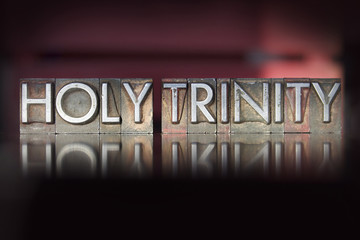 | |
| The trinity | |
|
Jesus clearly tells us at John 8:32 "and you will know the truth, and the truth will set you free.” | |
In An Encyclopedia of Religion, edited by Vergilius Ferm, 1964, on pages 793 and 794, under the word "triad," are listed the trinities of the Babylonian, Buddhist, Hindu, Norse, Taoist, and other religions, as well as those of Christendom. As an example, it notes that in India, "the great Triad include Brahma, the Creator, Vishnu, the Preserver and Shiva, the Destroyer. These represent the cycle of existence, just as the Babylonian triad of Anu, Enlil and Ea represent the materials of existence, air, water, earth."
The New Encyclopædia Britannica, 1985, Micropædia, Volume 11, page 928, says under the subject of Trinity: "Neither the word Trinity nor the explicit doctrine appears in the New Testament, nor did Jesus and his followers intend to contradict the Shema in the Old Testament: 'Hear, O Israel: The Lord our God is one Lord.' (Deut. 6:4)" This encyclopedia also says: "The doctrine developed gradually over several centuries and through many controversies. . . . The Council of Nicaea in 325 stated the crucial formula for that doctrine in its confession that the Son is 'of the same substance . . . as the Father,' even though it said very little about the Holy Spirit. . . . By the end of the 4th century . . . the doctrine of the Trinity took substantially the form it has maintained ever since."
History confirms that the Trinity was borrowed from pagans and was in existence centuries before Jesus came to the earth. Long after his death, it was promoted by those who had been influenced by pagan philosophies and who had apostatized from the true worship of God as taught by Jesus and the apostles
|
The Truth is: | The Trinitarian dogma is a late fourth-century invention rooted in pagan religions. |
